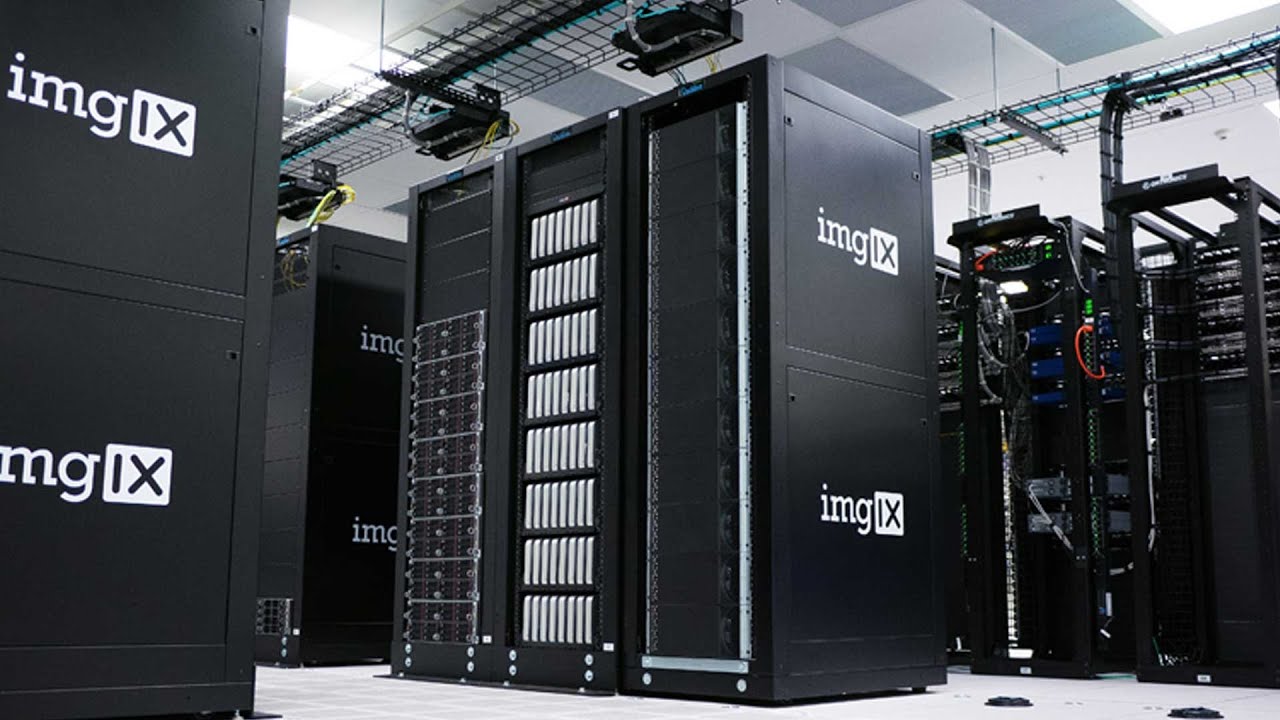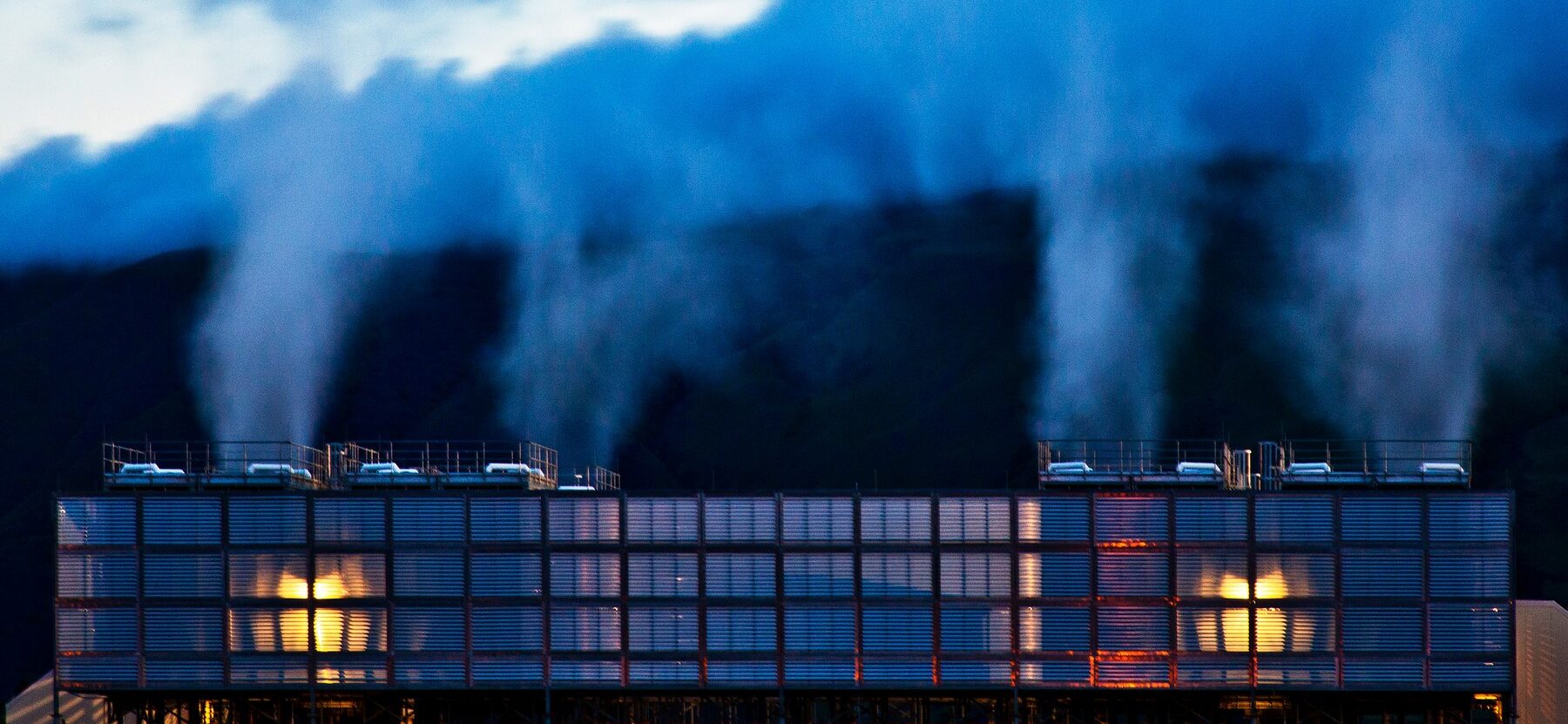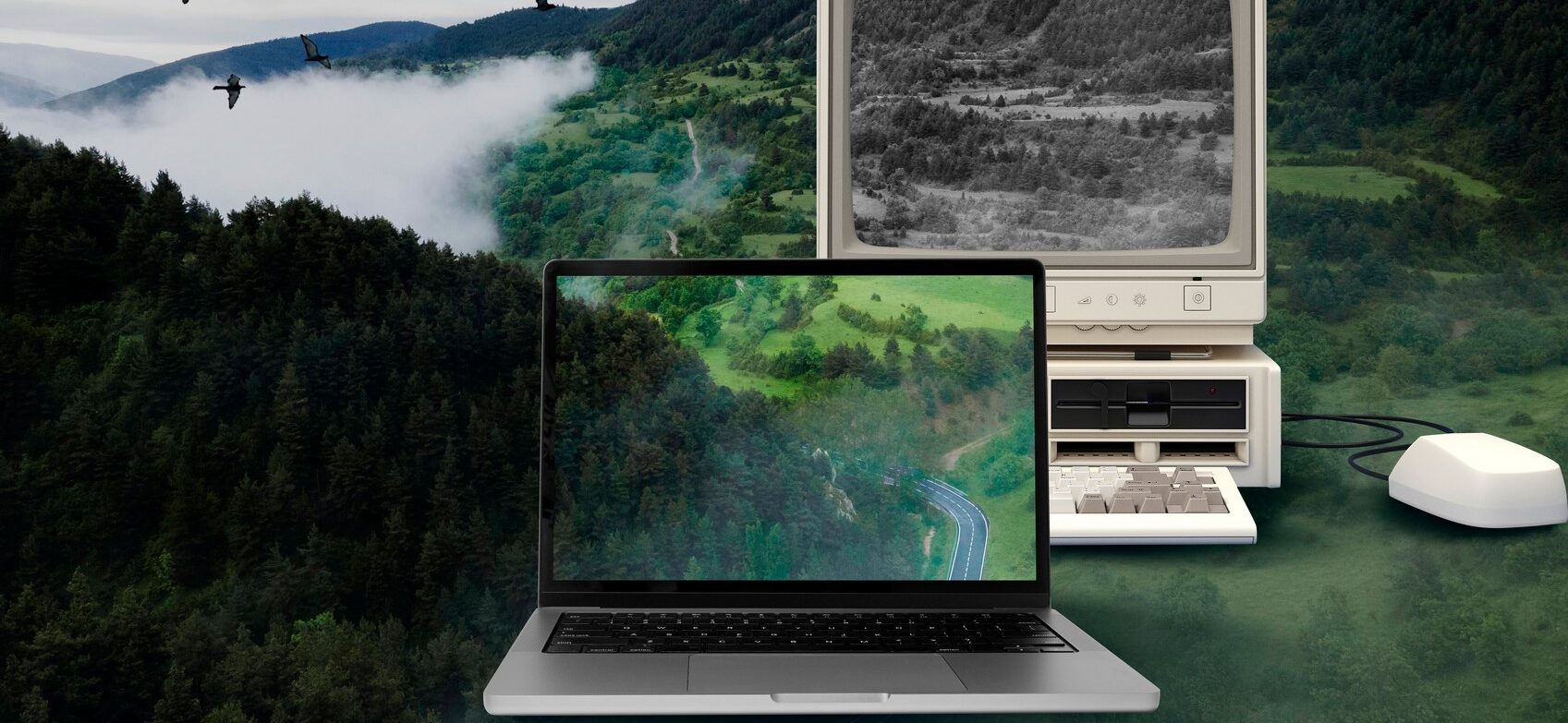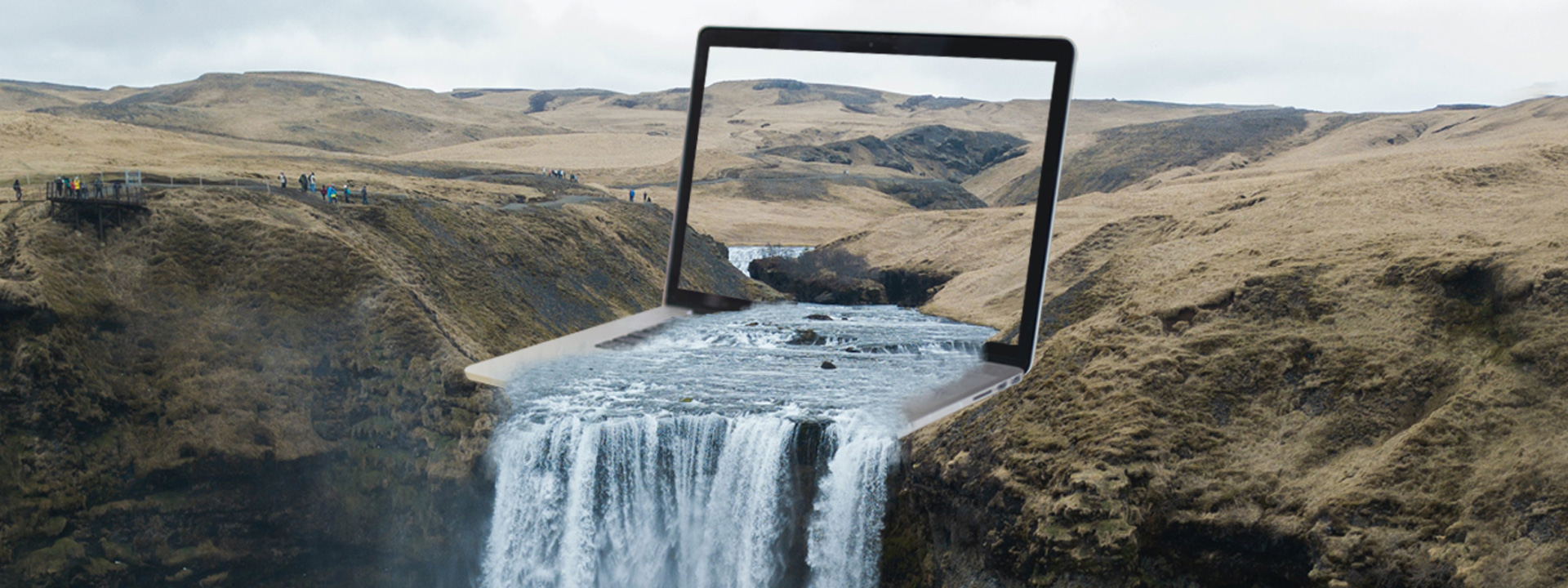
Reading this article can result in the emission of five grams of carbon into the atmosphere, and it’s not because of the electricity your computer uses; it’s the energy cost of the servers that allow the content to be on our website and for you to download it.
Concern about the ecological cost of digitization began with the carbon footprint. By 2010, companies like Microsoft and Google were building ever larger data centers to provide large-scale “cloud” services. This sent the carbon footprint soaring to levels that began to raise alarm.

The maintenance of the Internet requires the use of hundreds of millions of cubic meters of water.Google installed one of its vast data centers in The Dalles on the banks of the Columbia River.
Since then, the amount of studies focusing on the environmental impact of the Internet has continued to increase. Today, we can be sure that every email we send has a carbon footprint of up to 10 grams, which means that if we send 1,000 emails in a year, we release 10 kilograms into the atmosphere. In 2022, according to Statista, an estimated 4.9 billion web users worldwide sent and received some 333 billion emails; this means that email alone has contributed 3.33 million tons of greenhouse gases.
The water footprint, a new factor to consider
Now, this concern has increased with water consumption for cooling systems, as it is a factor that destabilizes the water balance of the area where the large servers are located. This was first observed in a paper published in 2021 in the journal Resources, Conservation and Recycling.

Concern about the ecological cost of digitization began with the carbon footprint.. © Freepik
This summer, a study by Finnish researchers published in ScienceDirect explores the subject further and warns that the water footprint, generally overlooked until now, is an increasingly important factor in calculating the environmental impact of the Internet. One of the forecasts suggests that, by 2030, Europe will need more than 820 million cubic meters of water per year for the operational maintenance of the Net.
One factor that has driven consumption has been the significant increase in video calls and streaming during the pandemic lockdown. A Cisco report states that, by 2020, traffic due to entertainment video downloading reached more than 80% of the total. The impact on the environment is significant: a one-hour videoconference emits between 150 and 1,000 grams of CO2 and requires between two and twelve liters of water.
Where is AI taking us?
Tech companies need increasingly more water to cool their computers. Google and Microsoft said their consumption increased by 20% and 34%, respectively, in 2022. In November of the same year, a new factor broke upon the world scene, shattering many of the forecasts: ChatGPT put artificial intelligence (AI) within the reach of any Internet user.
With chips consuming more than those in ordinary servers, some experts, such as those behind a Cornell University study, claim that global demand for AI could require between 4.2 and 6.6 billion cubic meters of fresh water by 2027. This is a considerable amount, equivalent to half of the UK’s annual water consumption.

The widespread adoption of artificial intelligence introduces an unexpected variable that has the potential to elevate energy and water demands to unprecedented levels. Rawpixel / Freepik
Researchers suggest that ChatGPT consumes half a liter of water for 5 to 50 prompts (questions or instructions sent by the user). This is a wide range because, as ChatGPT acknowledges when questioned: “The amount of water used for server cooling depends on several factors, such as the energy efficiency of the data centers, the energy sources used, and the water management practices of the infrastructure in question.”
Water cools better than air
These calculations refer exclusively to the water used to cool the systems; they do not consider the water needed to produce the electricity that powers the servers or the users’ computers or even the water used in their manufacturing processes.
Digital clouds are created in vast infrastructures of hundreds of thousands of computers connected by millions of kilometers of optical fiber. These so-called “data centers” are located in large industrial buildings. The heat generated can disrupt their operation, so powerful cooling systems are required. Ten years ago, fans were used but the increased heat from the new processors has led to the use of cooling towers that utilize water as a heat exchanger with the air for cooling. This proves to be a more cost-effective process and is the one that has finally prevailed.
Water stress generators
These cooling circuits require clean water to avoid problems in the pipes, and the wastewater must be treated as it contains significant amounts of mineral salts. The water stress caused has already begun to spread.
The first conflict that appeared in the media was in the Dutch town of Hollandse Kroon. Last summer, in the middle of an unusual heat wave in northern Europe, it was reported that the data center installed by Microsoft drew 84,000 cubic meters of water (33 Olympic swimming pools) instead of the 20,000 originally planned. The outcry from citizens who were already threatened by supply restrictions highlighted an overlooked problem.
Something similar has just happened in the US. Google installed one of its vast data centers in The Dalles on the banks of the Columbia River. The city, with a population of about 15,000, is located in the dry zone east of the state of Oregon and has recently suffered several episodes of water restrictions. The facility’s computers absorb 25% of the water supplied to the town, and the company plans to double its data center upstream, which has caused alarm and protests from the population.
The cloud continues to grow, and forecasts become obsolete within months. Byte consumption is skyrocketing: in addition to the growth of Google and Microsoft services, there are Apple, META, and X (formerly Twitter), the expansion of streaming platforms (Netflix, HBO, Disney, etc.), and online sales services such as Amazon, whose subsidiary AWS accounts for almost half of global cloud computing.
A consumption rate that is difficult to contain
According to Cisco, data and digital connectivity services have reached 5.3 billion users this year, with 3.6 billion devices (computers and mobiles) connected at an average transmission rate of 110 Mbps (Megabits per second).
In a short time, the world of digitalization has gone from being a decarbonizing alternative, as it was presented in the 1990s, to becoming a devourer of resources. Today, the Internet is the largest system humanity has ever built, and we can no longer understand the world without it.
How to address its sustainability? Placing restrictions on the use of the Net seems very difficult. In schools in the US and Germany, there have been unsuccessful campaigns suggesting video conferencing users turn off the camera, which could drastically reduce the ecological footprint of the connection. Digital habits are hugely ingrained in our daily lives; we rely on the internet for almost everything, and it is much easier to restrict car use or time spent in the shower than to send fewer emails or limit video conferencing.

The advocates of cloud expansion argue that the benefits of digitization far outweigh the environmental problems created. © Freepik
According to experts, some measures may be successful, such as suggesting reducing the transfer of high-resolution documents if it is not necessary; a measure that, however, clashes with the expansion of free data transfer platforms (WeTransfer, YouSendIt, Dropbox…), which are growing steadily and are increasingly becoming an essential work tool for millions of people.
The advocates of cloud expansion argue that the benefits of digitization far outweigh the environmental problems created. Sending kilobytes instead of kilograms generates a smaller ecological footprint. Still, it is also clear that an imbalance factor has been generated, which must be considered due to its excessive growth. In all likelihood, the next (hypothetical) Agenda 2045 will include “sustainable digitalization” among its goals, although by then, it is likely that sustainability will have a different meaning.





